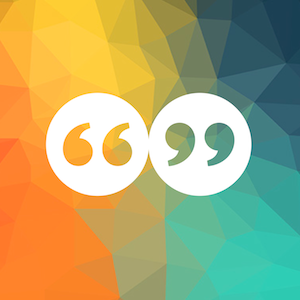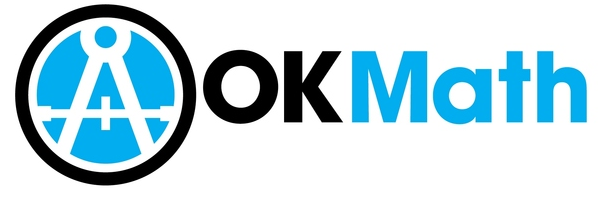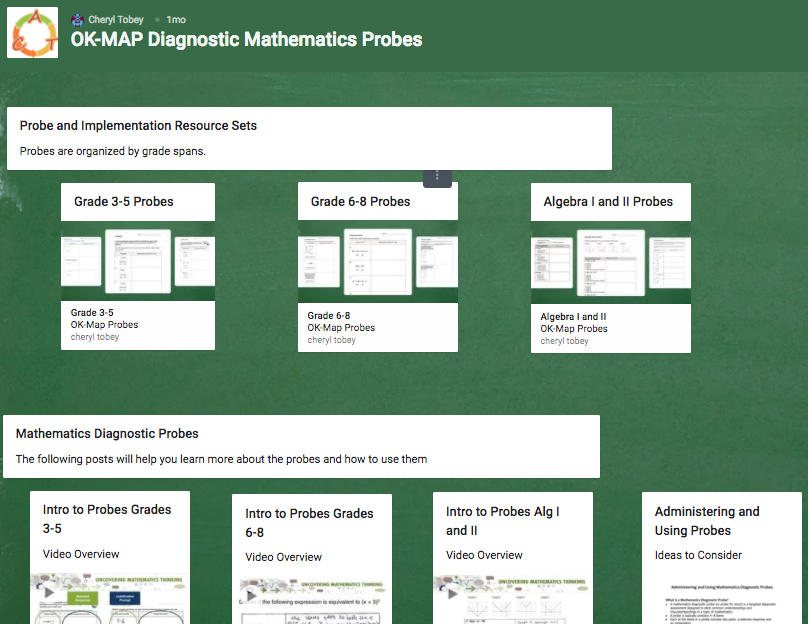Okay. I’m at a conference thinking A LOT about RtI, special ed, and equity. So, I’ve got a couple questions that I’d love you too take some time with…
What is a productive way to think about equity in your class and school and why?
What is an unproductive way to think about equity in your class and school and why?
Featured Comments from the #OKMath Facebook Group
I don’t know if this is what you mean, but this is what I think of when I think about equity in the classroom. When some students ask for help on a problem, I ask them guiding questions and help them make connections that hopefully lead to the answer. Like, what do you remember learning about rhombi? What does perpendicular mean? When other students ask questions, I work the problem with them. Like, let’s start by setting it up this way.
The goal is to give each student help to get the answer, but to make them work and not do the work for them.
Productive way to think about equity: Give the student what they NEED to be successful. Many struggling students can do the work but it takes the so much longer to complete it. They can understand a concept after mastering a few problems instead of feeling overwhelmed when looking at the fact that they are required to complete 15-20 (or more) problems.
Unproductive way to think about equity: It wouldn’t be “fair” to the rest of the class if this one student only has to complete 4 problems. Every student must complete every problem in order to get a good grade.
Equity means every student is a learner. This does not mean that every student learns everything in the same way as their peers. Equity in the classroom looks like students having PRODUCTIVE struggle grappling with problems. That productive struggle may look different for everyone. I may be way off base, so I’m interested in seeing others reflections.
An unproductive way to think about equity is only giving modifications to students on an IEP. I think we modify based on formative assessments that are continuously happening. The students will show you what modifications they need through their work and struggle.
In order to attempt to make it equitable for my special education students, I have to supplement the regular textbook A LOT. Today’s textbooks are not written with special education students in mind. A lot of assumptions are made about what students already know and that all students are learning at grade level with no gaps. My students need DEPTH and repeated practice not a mile wide and an inch deep. We also use a lot of manipulatives. Unfortunately, schools are not willing to pay for supplemental materials nor the time for teachers to create them. And in Oklahoma, schools can’t afford to. I think some district administrators think equitable means looking the same and doing the same so they are against different students having different textbooks for the same class, which in my opinion totally goes against Universal Design for Learning.
And my absolute favorite, Paul Tan
Great question Levi Patrick! It’s great to know these conversations are happening among math educators in our state. A prominent scholar in the area of math equity is Rochelle Gutiérrez who frames equity as four interrelated components: access, achievement, identity, and power. Many of the replies have touched upon access (e.g., UDL) and achievement (e.g., testing, but not just testing). We also need to be very mindful of the identity and power dimensions. Researchers are currently engaging is this emerging and very exciting area of inquiry as it pertain to students with dis/abilities. To address the more pressing question, a productive way to think about equity in the identity and power dimensions is to think about the unproductive ways these dimensions are often enacted. As Mindy Jo Englett mentions we know that productive struggle in math is crucial. Yet, students with dis/abilties do not engage in these types of math practices because of the types of identities we inscribe, medicalize, and subscribe to (e.g., “math learning disability”, “cognitive disabilities”, etc). At the same type they lack power/voice in their engagement in math. For instance, the types of math they typically engage in are tightly controlled and teacher-directed. So, to move forward, we have to question and challenge the assumptions and practices that contribute to these marginalized identities and oppressions.




